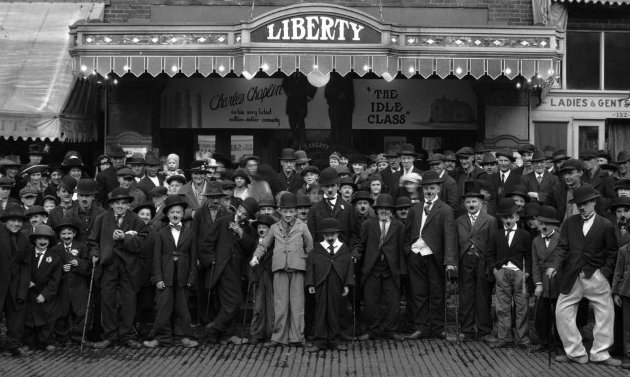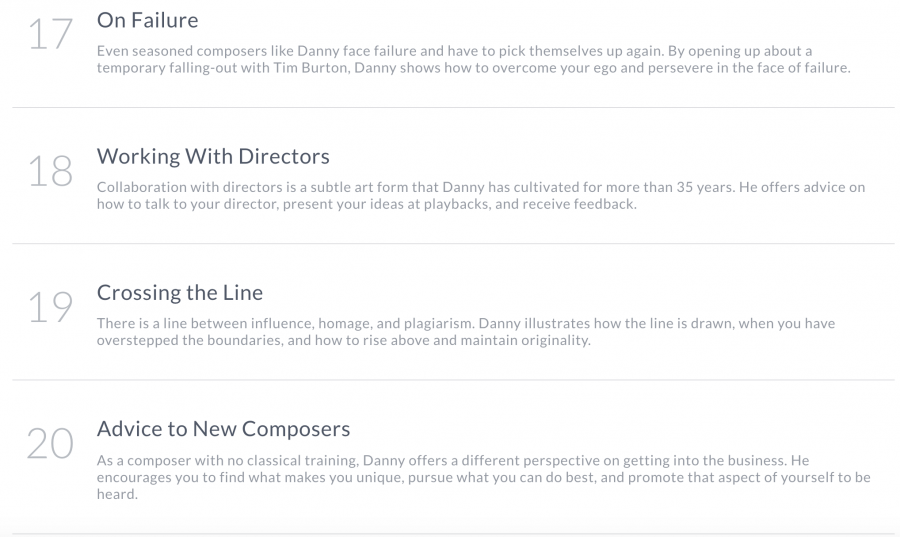Whatever their views on copyright, artists and inventors of all kinds can agree on one thing: all dread having their ideas stolen without so much as a footnote of credit. Such thefts have led to tanked careers, lifelong resentments, homicidal rivalries, and lawsuits to fill libraries. They have allowed many a thief to prosper and many an injured party to surrender.
But not legendary modern dance pioneer Loie Fuller.
“Short, plump, and thirty years old,” the dancer from Illinois arrived in Paris in 1892, fresh off the “mid-level vaudeville” circuit, writes Rhonda K. Garelick at Public Domain Review, and bent on proving herself to Édouard Marchand, director of the Folies-Bergère. She scored an interview within days of her arrival.
Alighting from her carriage in front of the theater, she stopped short at the sight of the large placard depicting the Folies’ current dance attraction: a young woman waving enormous veils over her head, billed as the “serpentine dancer.” “Here was the cataclysm, my utter annihilation,” Fuller would later write, for she had come to the Folies that day precisely to audition her own, new “serpentine dance,” an art form she had invented in the United States.
The imposter, an American named Maybelle Stewart, had seen Fuller perform in New York and had lifted her act and taken it to Paris. Rather than succumb to rage or despair, Fuller sat through the matinee performance and was moved from a cold sweat to renewed confidence. “The longer she danced,” she wrote, “the calmer I became.” After Stewart left the stage, Fuller ascended in her serpentine costume and auditioned for Marchand, who agreed to take her on and fire Stewart.
The story gets stranger. The show had been promoted with Stewart’s name, and so, to avoid bad publicity, Fuller agreed to perform the first two nights as Stewart, “dancing her own imitation of Stewart’s imitation of the serpentine dance,” a “triple-layer simulation,” Garelick writes, “worthy of an essay by Jean Baudrillard”—and emblematic of a career in dance marked by “self-replication, mirrored images, and identity play.”
Thus did the woman named Loie Fuller (born Mary-Louise Fuller), begin “what was to become an unbroken thirty-year reign as one of Europe’s most wildly celebrated dancers.” Fuller was “the only female entertainer to have her own pavilion” at the 1900 Exposition Universelle, writes Natalie Lemie at Artsy. “Henri de Toulouse-Lautrec featured her in a number of prints; Auguste Rodin commissioned a series of photographs of the dancer with plans to sculpt her; and the Lumière brothers released a film about her in 1897.”
Fuller’s dance personified Art Nouveau, expressing its elegant, flowing lines in her billowing silk gowns, which she moved by means of bamboo sewn into her sleeves. As she danced “colored lights were projected onto the flowing fabric, and as she twirled, she seemed to metamorphose into elements from the natural world: a flower, a butterfly, a tongue of flame.” Everyone came to see her. The Folies, which “typically attracted working class patrons,” now had aristocratic newcomers lining up outside.
See the serpentine dance that launched her career at the top in the Lumière Brothers’ 1897 film and below it in a colorized excerpt, with the bewitching music of Sigur Ros added for effect. Other films and clips here from other early cinema pioneers show the medium’s embrace of Fuller’s choreography. Ironically, none of this footage, it seems, shows Fuller herself, but only her imitators. “Unfortunately none of the surviving films seem to contain a performance by the original dancer/choreographer,” notes cinema history channel Magical Motion Museum, “despite some of them carrying her name in the title or otherwise crediting her as the dancer.”
Her name carried a lot of weight. Fuller was not only a celebrated dancer, but also a manager, producer, and lighting designer with “over a dozen patents related to her costumes and innovations in stage lighting.” (She was so interested in the “luminous properties” of radium that she sought out and “befriended its discoverers, Pierre and Marie Curie.”) By 1908, however, she had left behind some of these elaborate stage effects to focus on “natural dancing’—dance inspired by nature, which was the forerunner of modern dance.”
And she had taken on a young dancer in her company named Isadora Duncan, often referred to as the “Mother of Modern Dance.” Fuller deserves credit, too, but she didn’t seem to care about this overmuch. She was, notes Oberlin College dance professor Ann Cooper Albright, “way more interested in making things happen than creating a name for herself.” Fame came as a byproduct of her creativity rather than its sought-after reward. She was still renowned after she left the stage, and given a retrospective at The Louvre in 1924.
Fuller continued to work behind the scenes after the Art Nouveau movement gave way to new modernisms and supported and inspired younger artists until her death in 1928. Her work deserves a prominent place in the history of modern dance, but Fuller herself “was—and remains—elusive,” Lemie writes, “something of a phantom.” Others might have stolen, borrowed, or imitated the serpentine dance, but Lois Fuller became it, going beyond competition and into a realm of magic.
Related Content:
The Graceful Movements of Kung Fu & Modern Dance Revealed in Stunning Motion Visualizations
Josh Jones is a writer and musician based in Durham, NC. Follow him at @jdmagness







